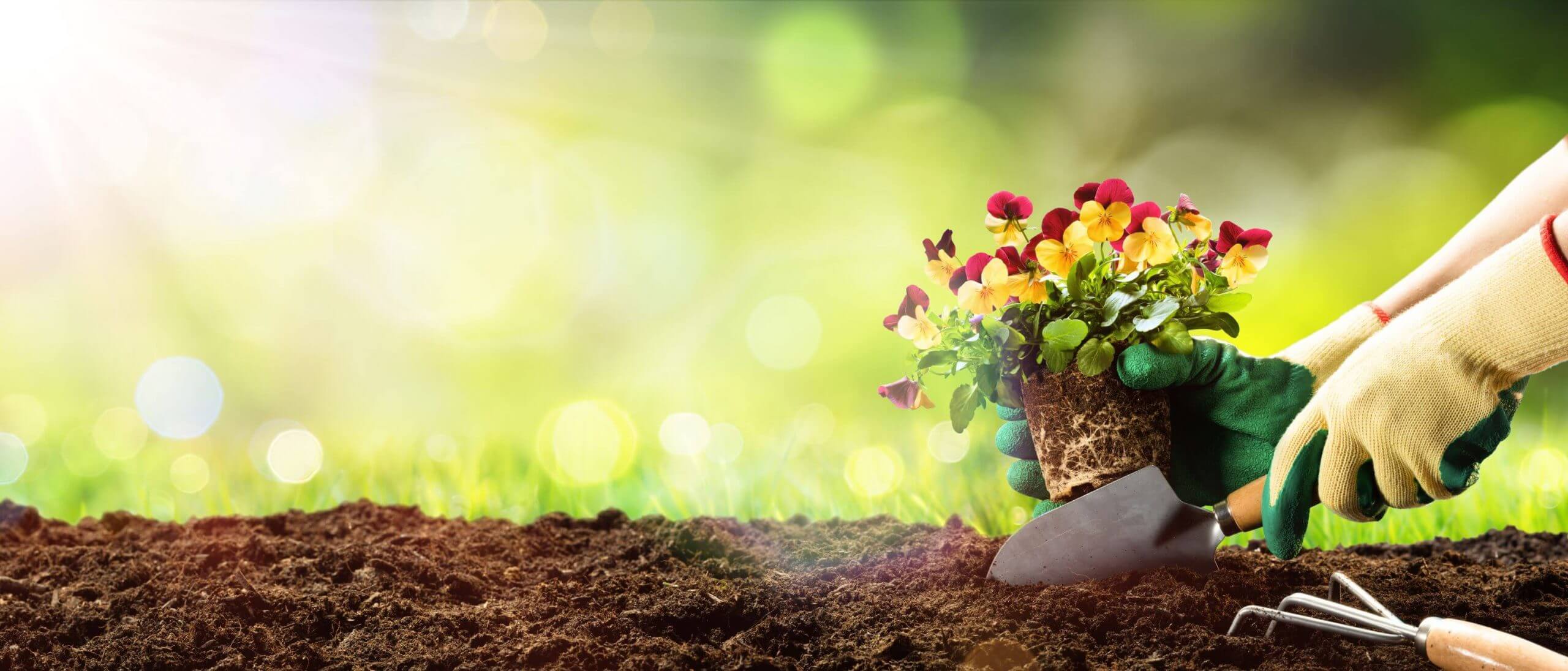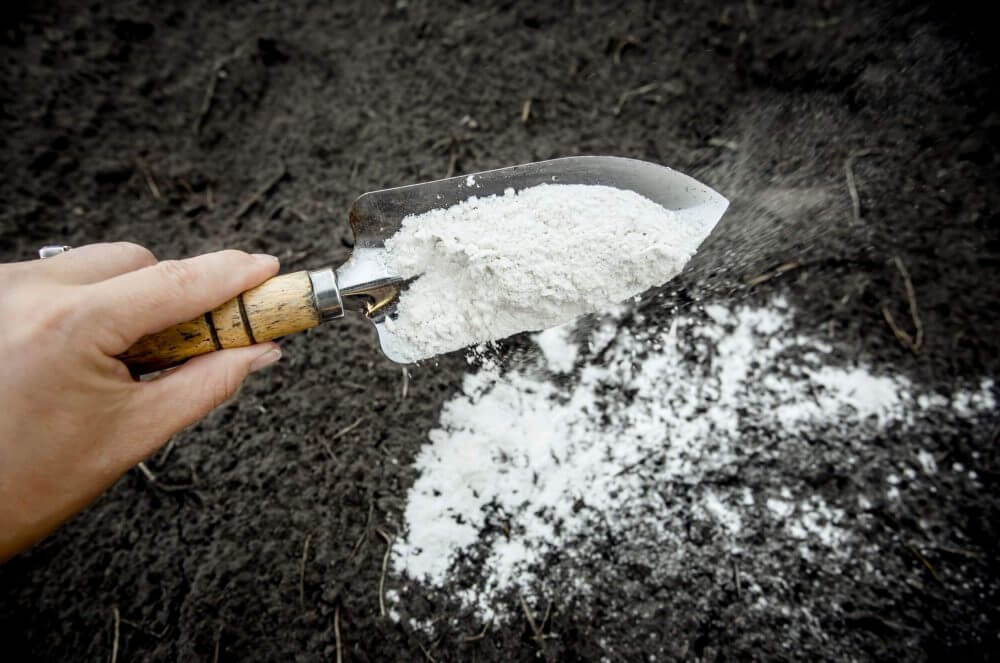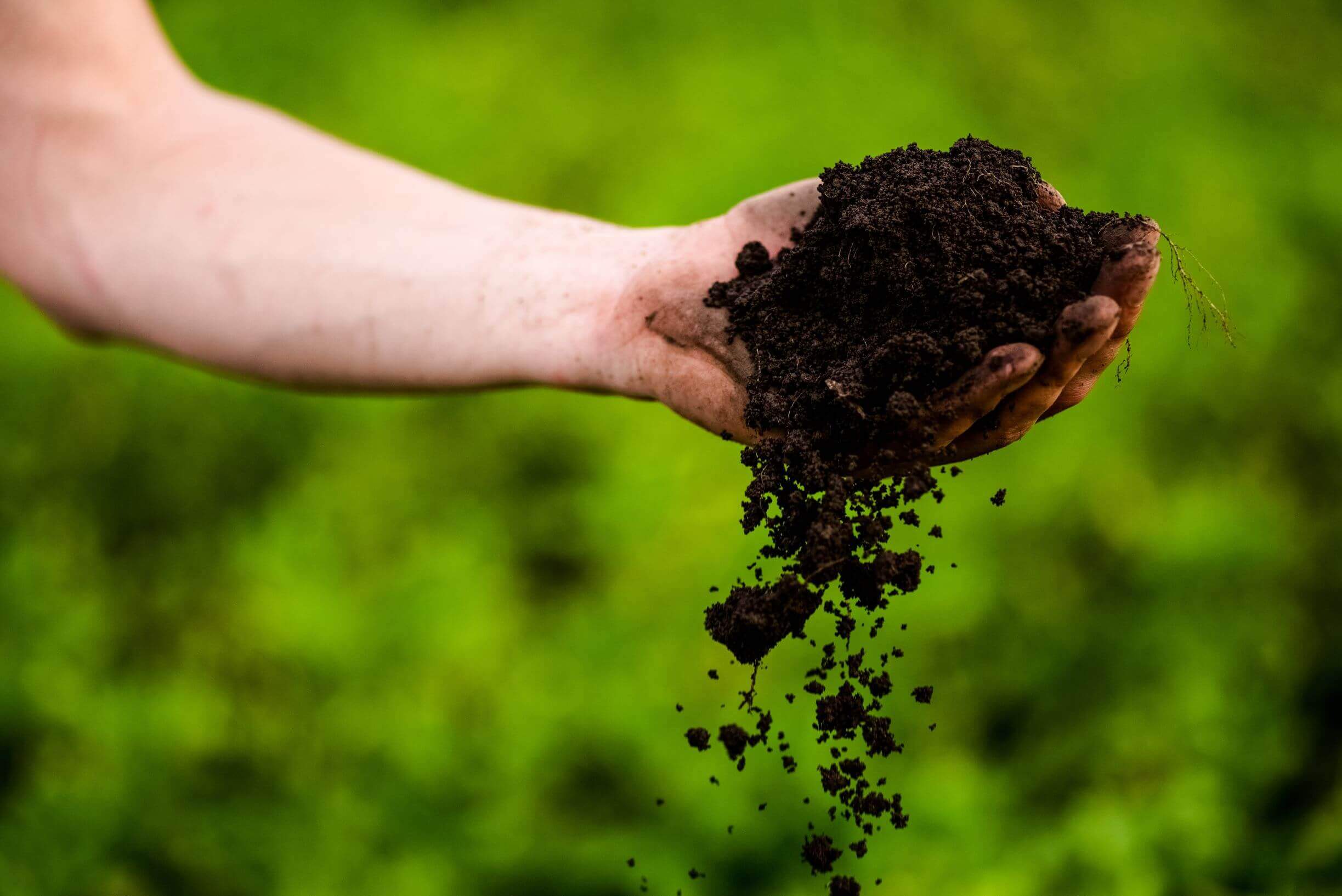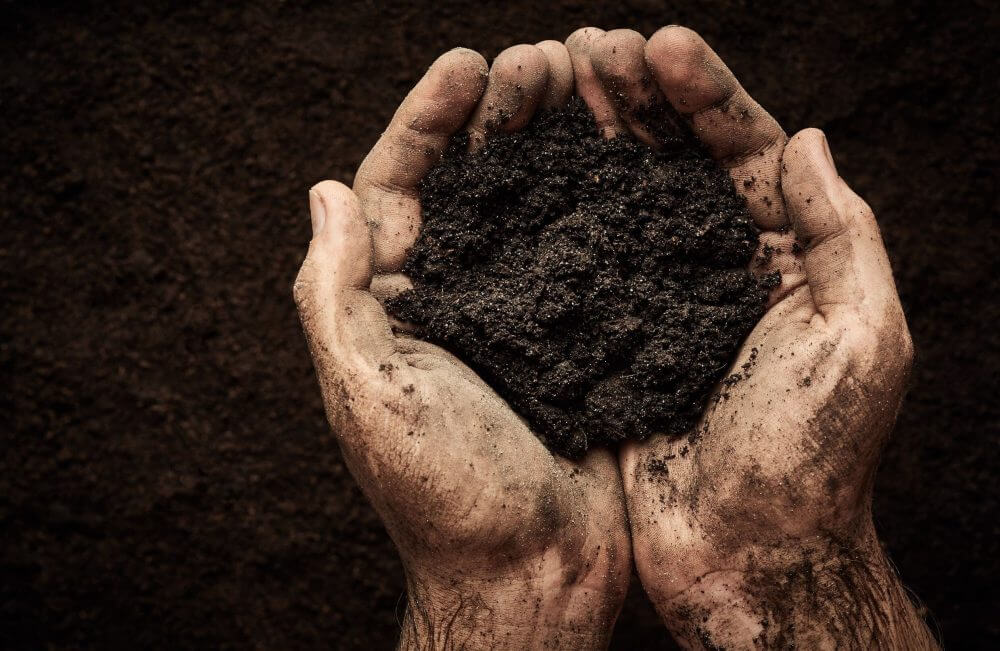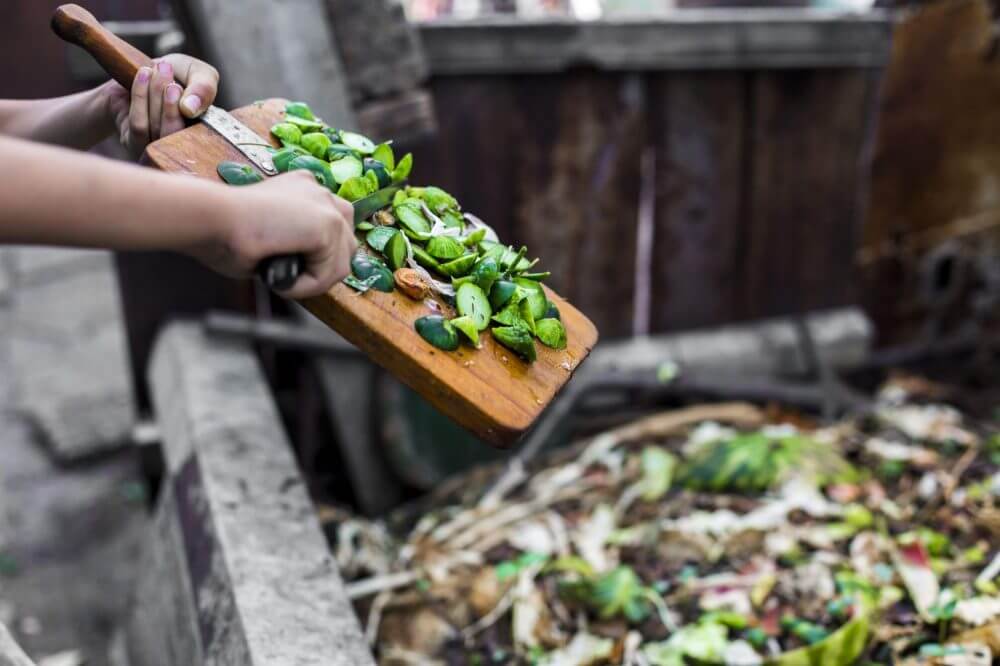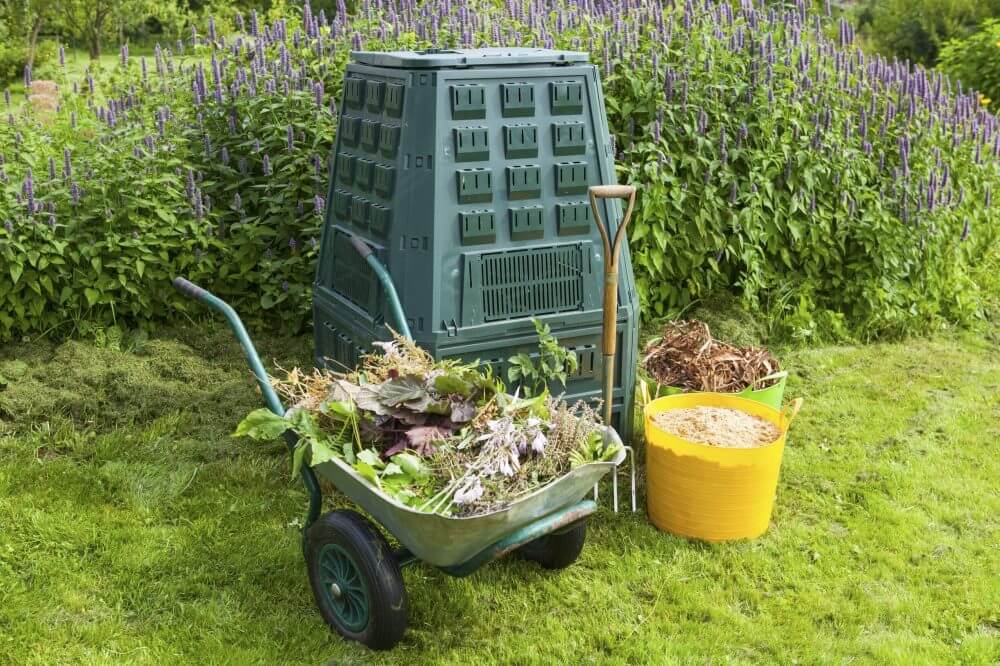No products in the cart.
Choosing the best soil to reduce water usage in your garden
Reduce water usage in your garden by using the right soil
Different soils vary greatly in both nutritional properties and water holding capacity.
Depending on the type of garden plants and their nutritional needs determines the type of soil needed so they can thrive.
Soils vary from the thick clay, mountains soil, soil with a lot of organic matter, free draining sandy loam soil through to a sand or silt.
The choice of soil depends greatly on the area in which you live and the plants you grow.
What is the best soil for both improved water holding capacity and nutrients to feed the plants?
The best soil choice is usually a good sandy loam soil as it has a mixture of a certain amount of free draining properties, nutritional properties and have some water holding capacity for drier climates.
Below is a description of different soils, their properties with pros and cons in reducing water usage in your garden.
About Clay Soil
Clay soils play a very important role in some areas such as the Dandenong Ranges in Victoria.
Clay soil is very thick in texture. It can attract important nutrients to specific plants and holds a lot of water.
Clay soil can water log the roots of plants and in dry weather the clay soil can become very hard and compacted for plants to thrive.
It is not suitable for the general garden in the Casey or Frankston area.

About Organic or Blended Soil
Blended soil contains organic plant material and other nutrients such as chook manure and sawdust shavings.
The plant matter makes for a slightly lighter and fluffier consistency and the organic matter provides nutritional value and water holding capacity which can save on water usage.
It can be rich in nutrients and is a popular choice for vegetable gardens.
Generally it is not recommended for Australian native gardens as the manures can be too strong for the phosphorus sensitive roots of native plants.
Although this soil contains natural organic ingredients, it is not a certified Organic product.

About Sandy Loam Top Soil or Screened top soil
Our Sandy Loam soil is also called Screened top soil.
It is a screened sandy soil which improves moisture retention and therefore minimises compaction.
Sandy loam top soil is the preferred soil for Lawns and general garden beds for gardens in the Cranbourne Casey area.

About Turf Sand
Turf sand is excellent for top dressing existing lawns. It needs to be lighter free draining sandy soil which has limited water holding capacity.
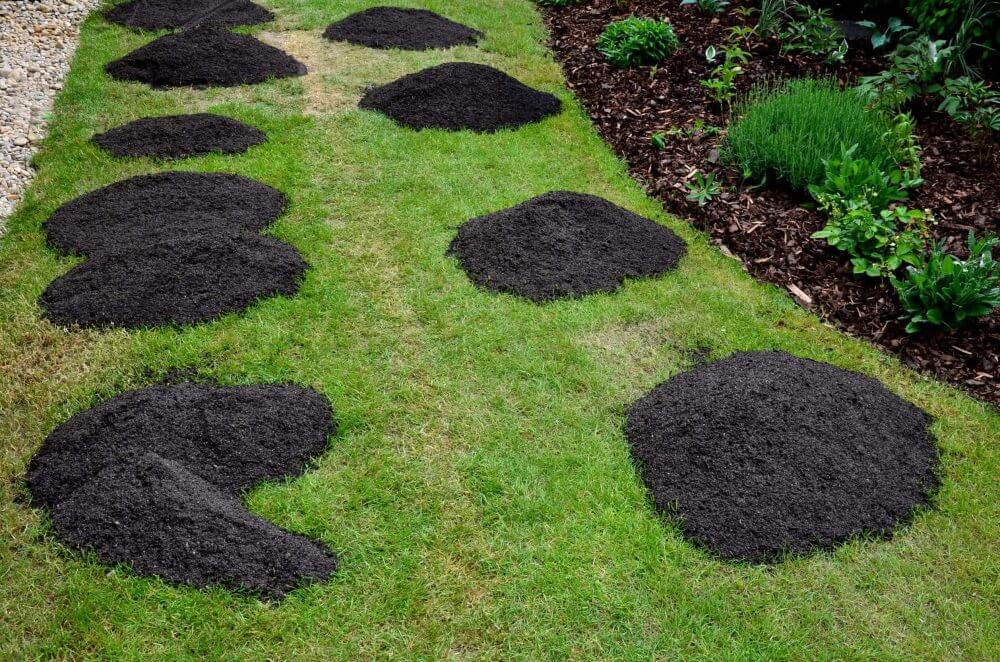
About Tailings
Tailings are unscreened soil which falls to the side during the screening process.
It is a lumpy soil so it may contain other products which have not been removed in the screening process.
It is used as filing areas and is not recommended as a top soil.
About Unscreened soil or Fill
Completely unscreened soil which is not recommended as top soil may contain items and may be dangerous to walk on.
In summary:
The Sandy Loam screened top soil and the organic blended soil are the two soils which have nutritional value, a balance of good drainage in wet weather and water holding capacity for drier climates. These soils are perfect for your front or back yard.






